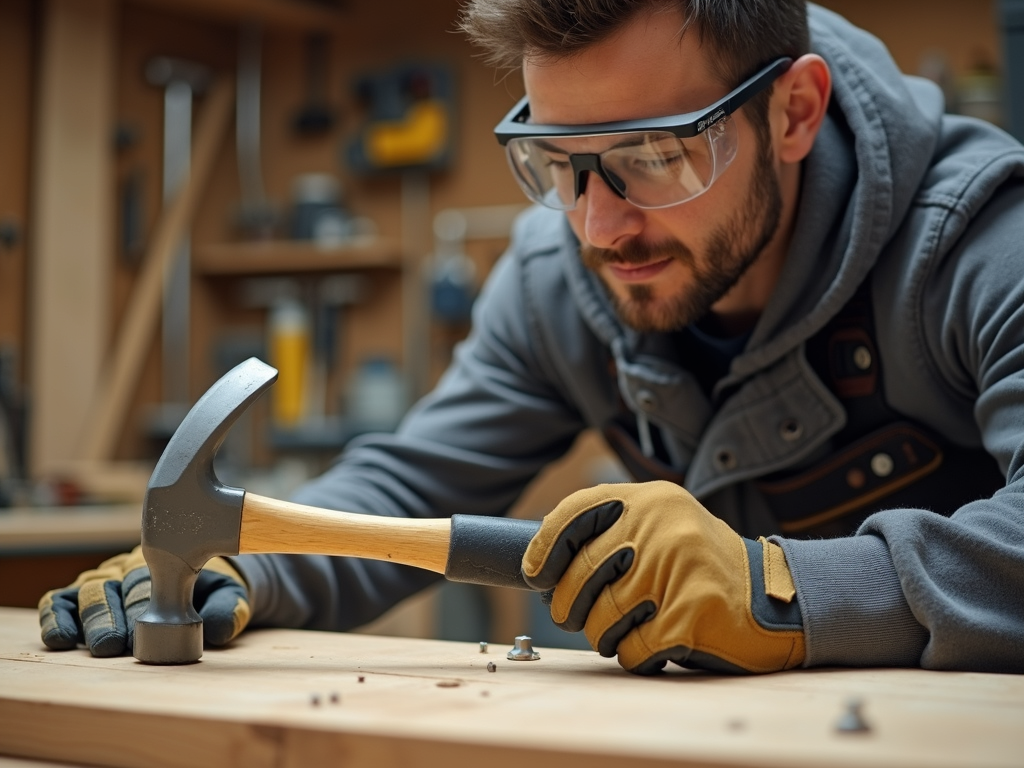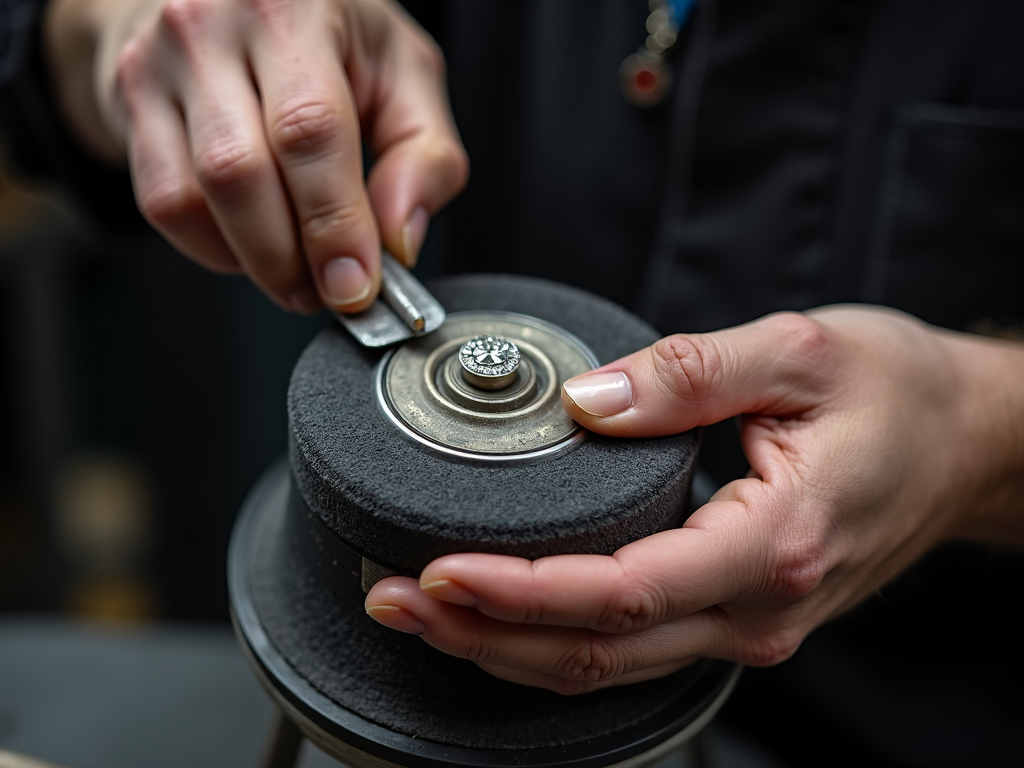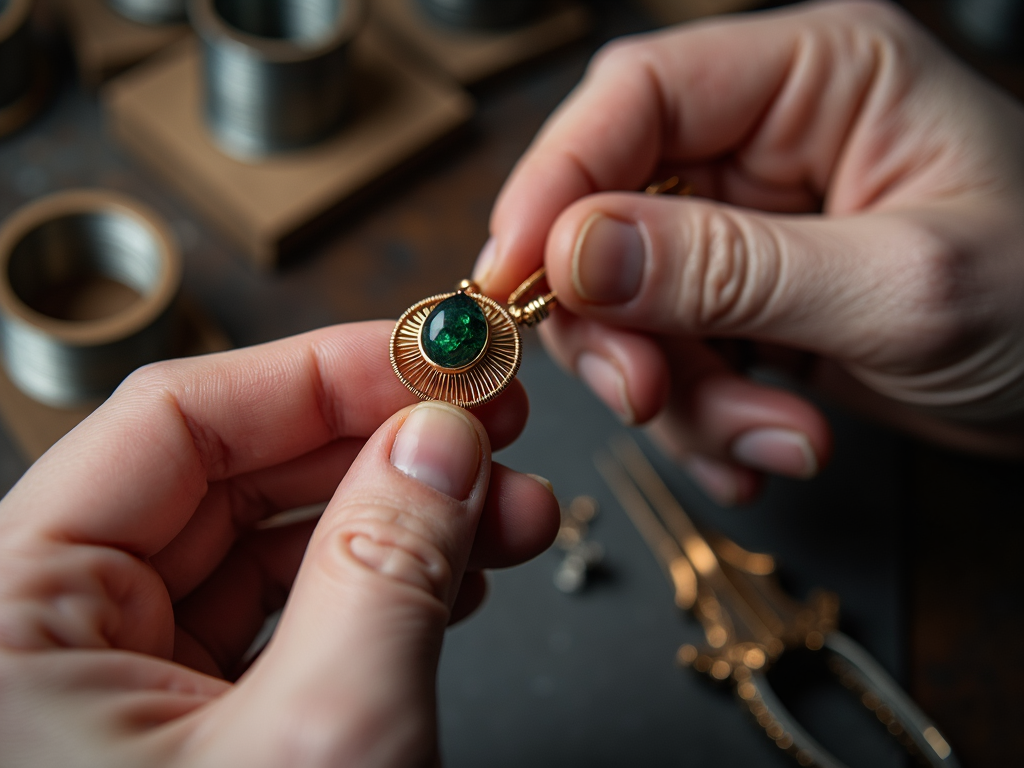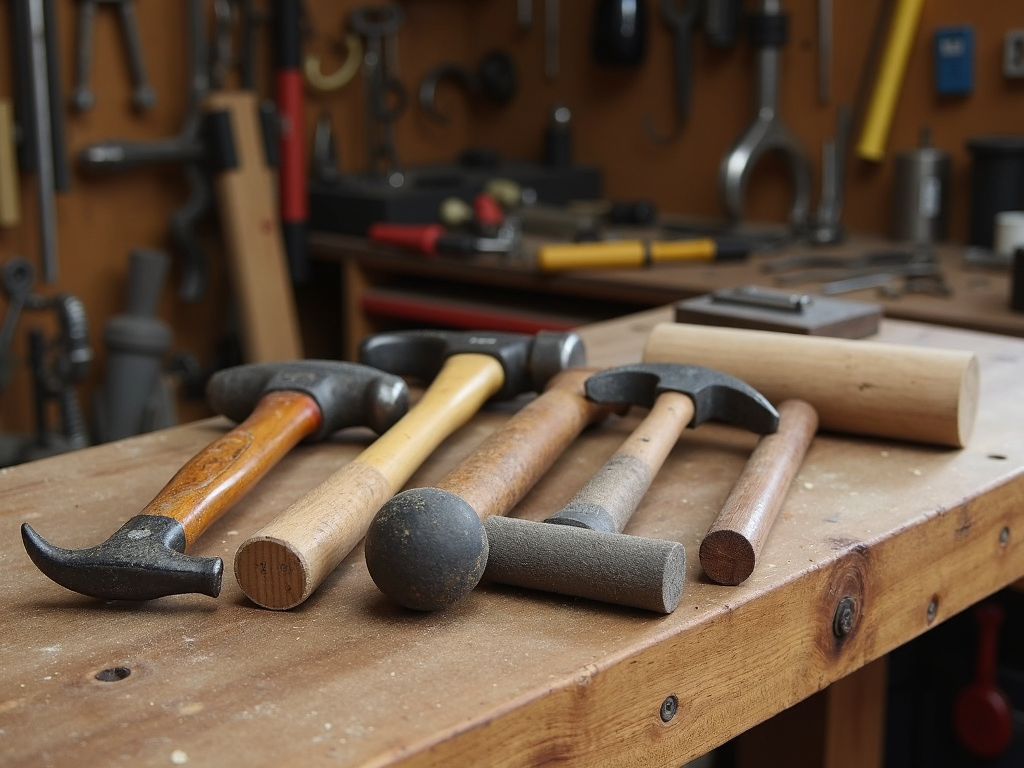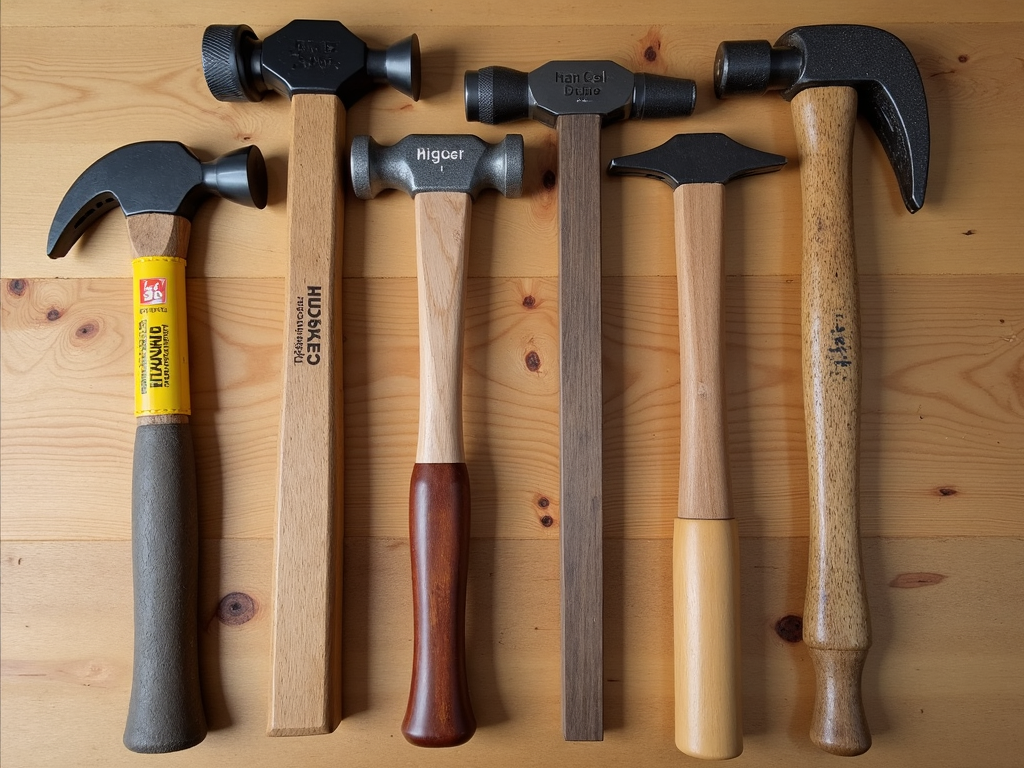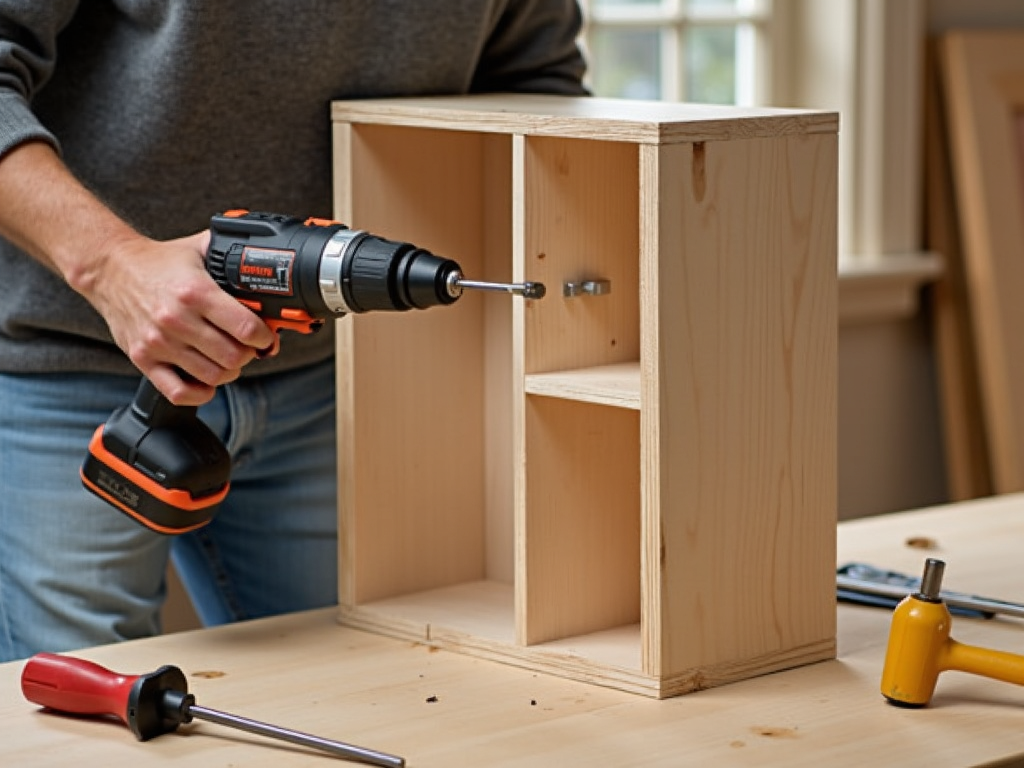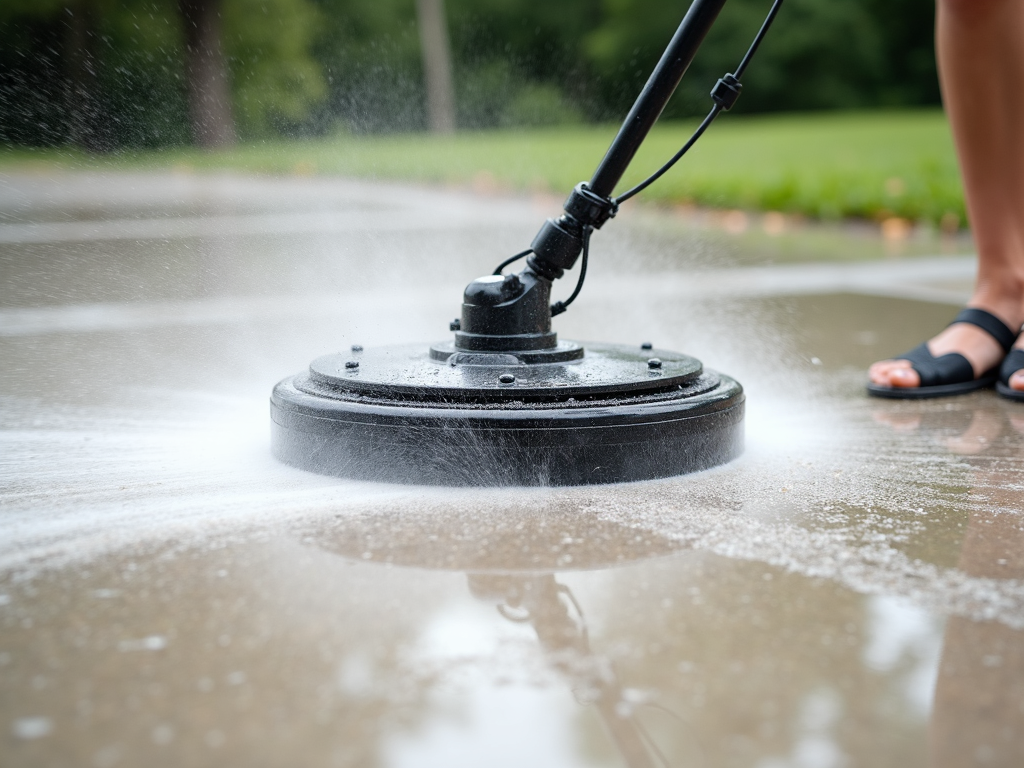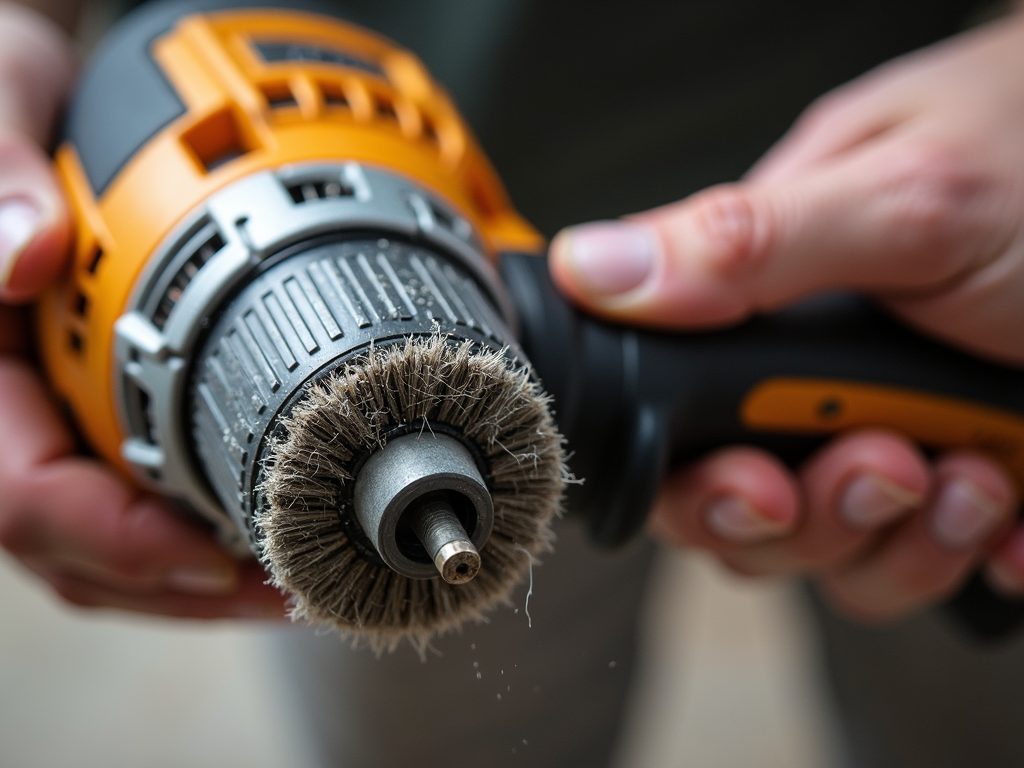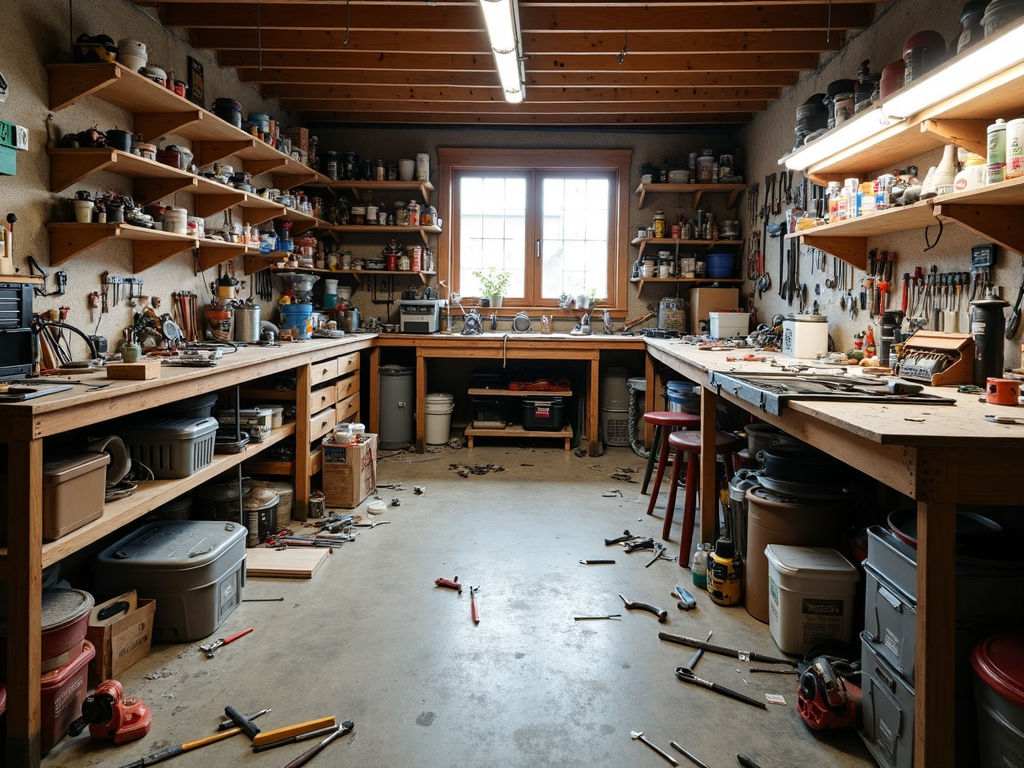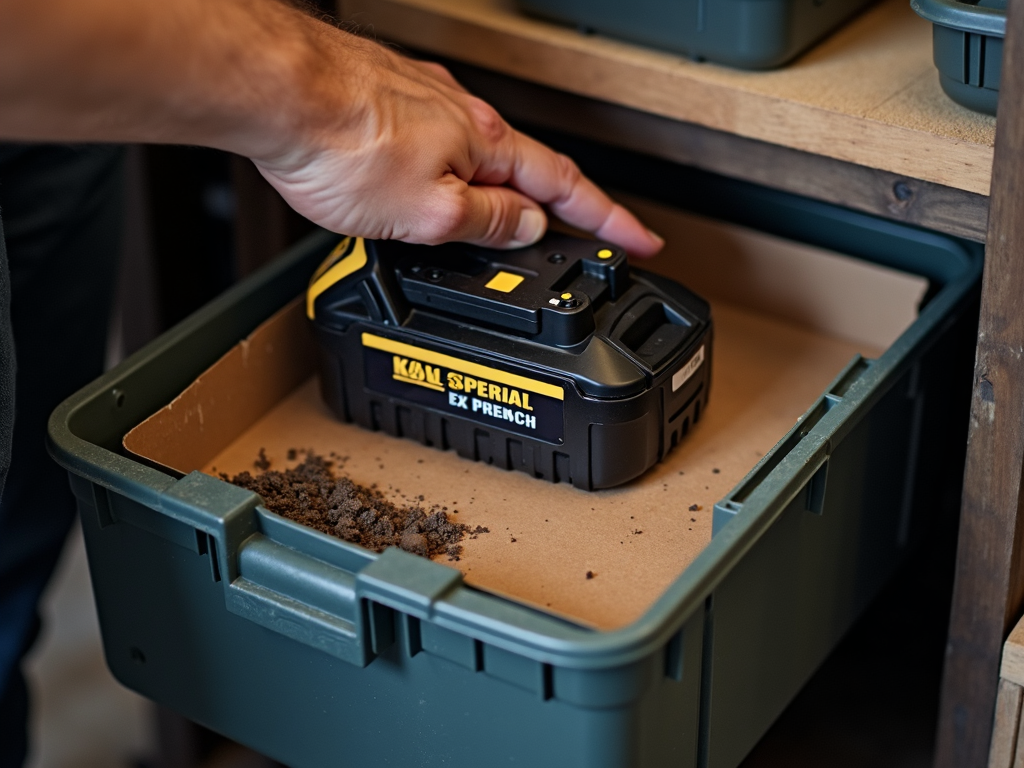Overview
Woodworking blends creativity and precision, and the right tools make all the difference. Power tools are key for beginners and pros alike, speeding up tasks and boosting accuracy. This article dives into the essential power tools for woodworking, spotlighting circular saws and power drills.
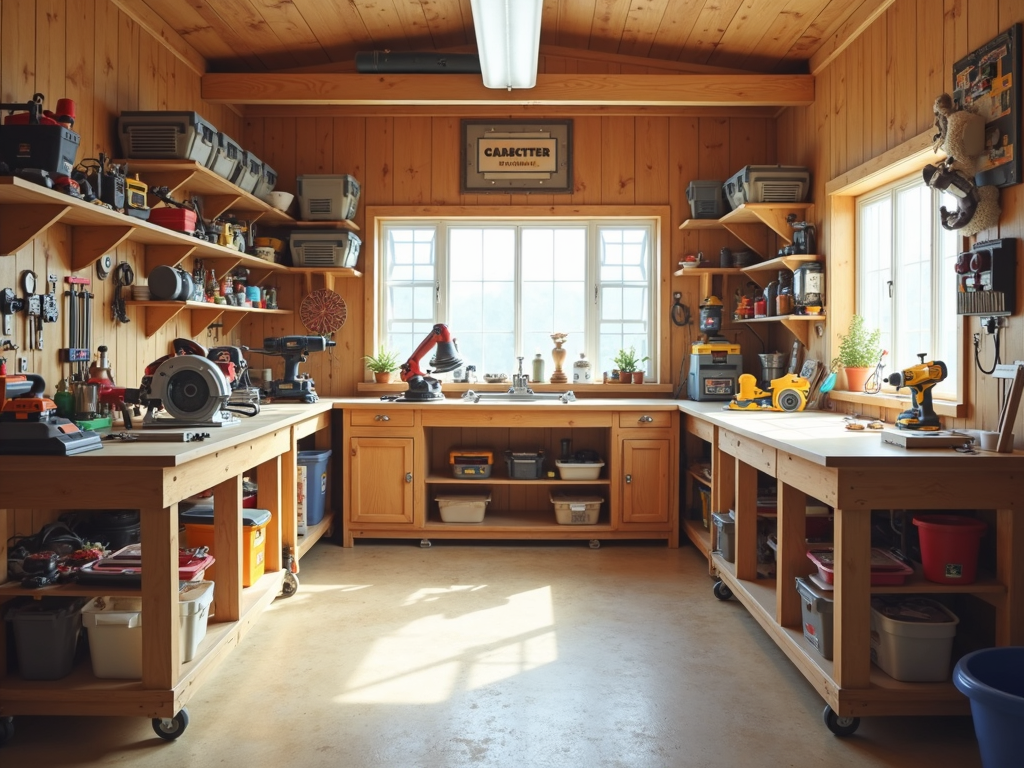
Introduction to Power Tools
Power tools are electric devices that make woodworking faster and more precise. Unlike hand tools, which need lots of effort, power tools have motors that do the tough work. This lets you focus on creating. They cut, drill, sand, and shape—must-haves for any woodworker.
Essential Power Tools
Circular Saw
The circular saw is a top pick among power tools for woodworking enthusiasts. It’s handheld, with a spinning blade that slices straight through wood, plywood, and more. Use it for ripping lumber, cross-cutting boards, or making angled cuts. Beginners should look for one with a comfy grip and adjustable settings.
I was nervous about using a circular saw when I started woodworking. Its speed scared me. But after learning how to hold it right and keep safe, it became my go-to for clean cuts. A cordless one is great for moving around easily.
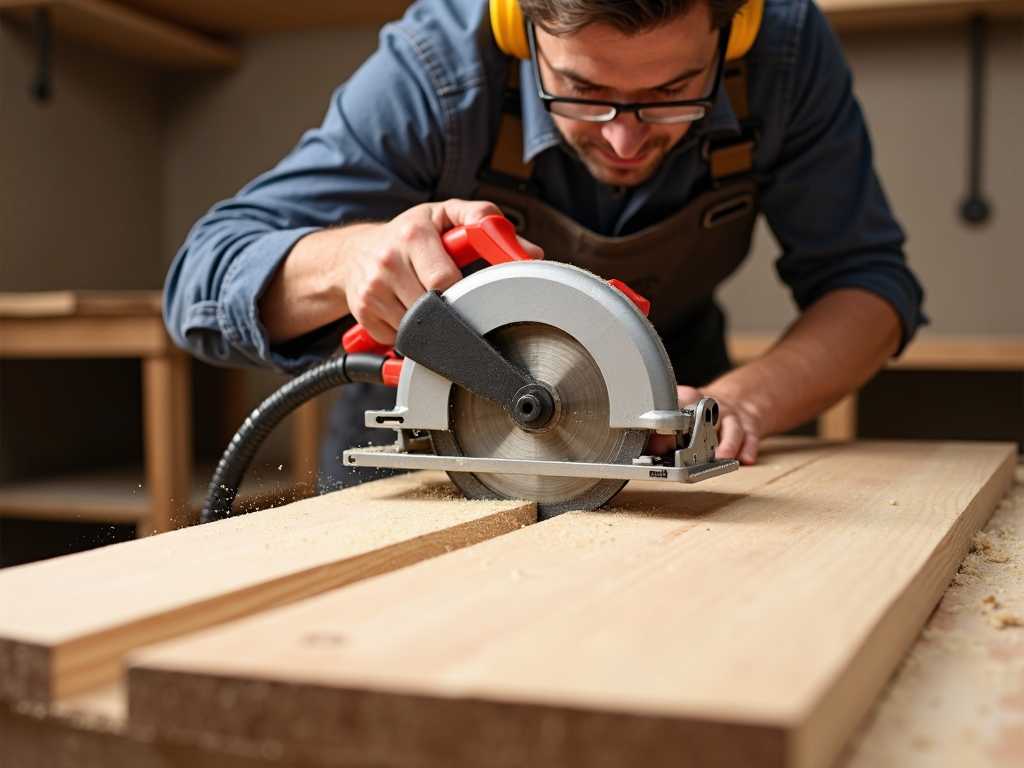
Comprehensive Guide to Circular Saws for Beginners
New to woodworking? Start with a circular saw that’s easy to handle. Check the blade size—7¼ inches is standard for most cuts. Practice on scrap wood first. Keep the blade sharp and use a guide, like a straight edge, for perfect lines.
Power Drill
Power drills are another essential power tool for woodworking. They drill holes and drive screws, perfect for building furniture or joining wood. You’ll find corded, cordless, and hammer drills. For woodworking, a cordless one with speed control works best.
A good cordless drill changed my projects. It’s quick and cuts down on arm strain. I once spent hours screwing a bookshelf together—now it’s minutes. Pick one with a strong battery and a grip that feels good in your hand.
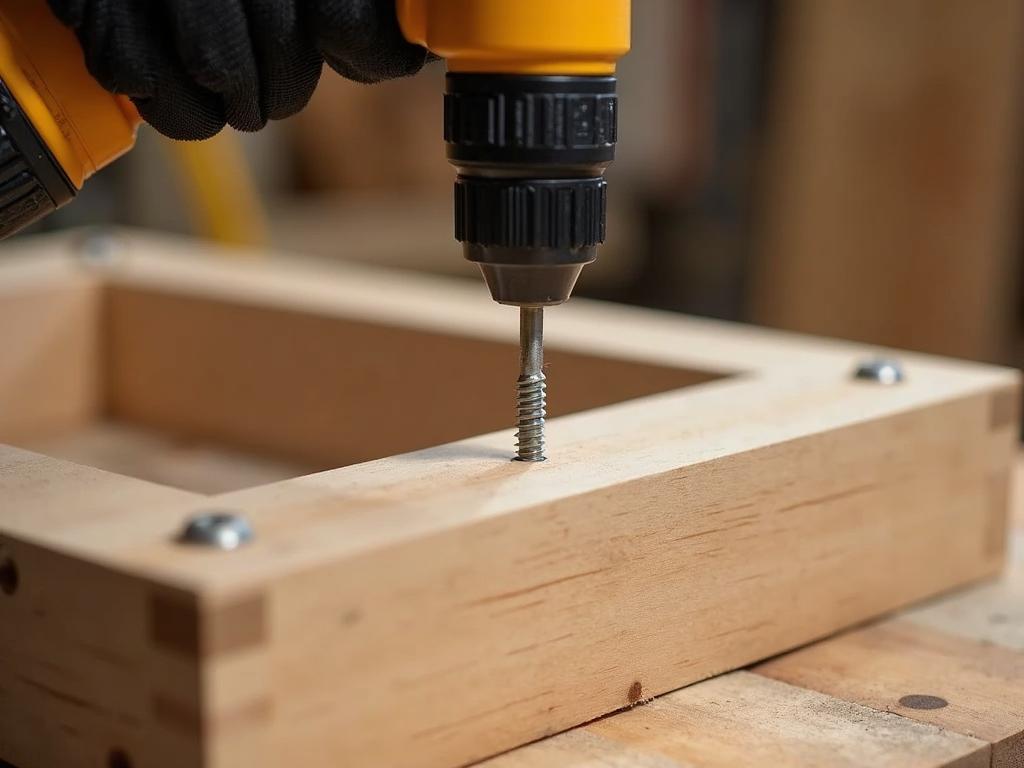
Other Essential Tools
Beyond circular saws and power drills, other power tools boost your skills. A jigsaw cuts curves and shapes. A router crafts fancy edges and joints. A sander smooths wood fast. Add these as you grow your woodworking game.
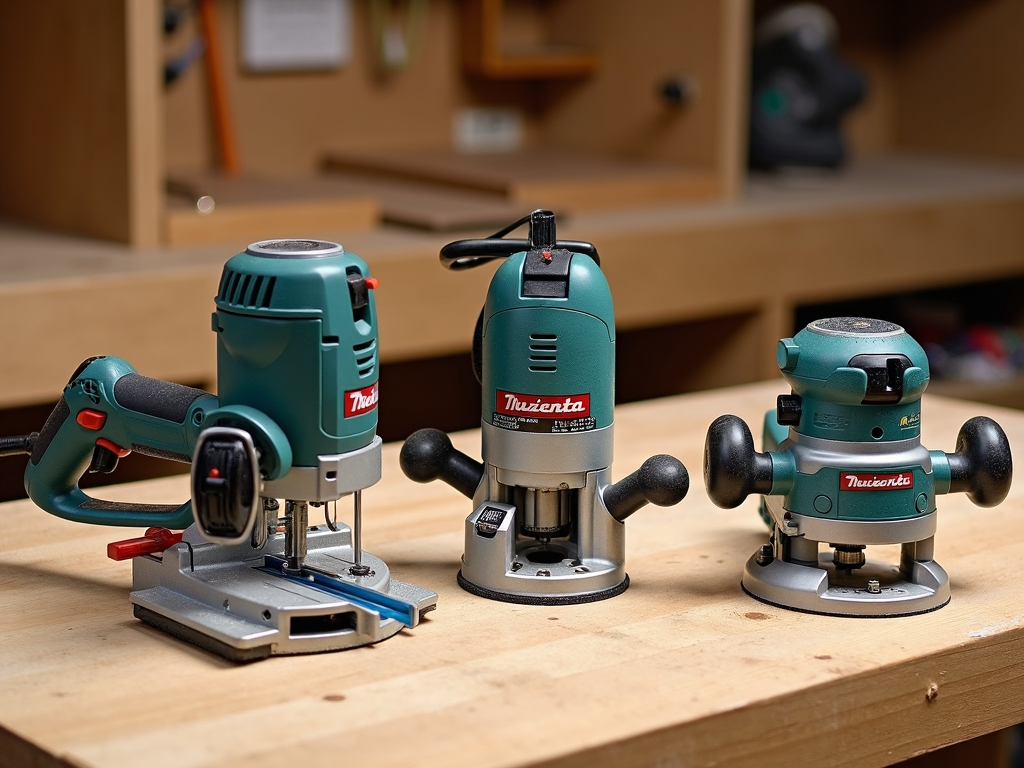
Safety Tips
Safety comes first with power tools. Here’s what to do:
- Wear Gear: Use safety glasses, ear protection, and a dust mask.
- Secure Wood: Clamp your piece so it won’t shift.
- Read Manuals: Follow the tool’s guide—don’t skip safety features.
- Clean Up: Keep your space tidy to avoid trips.
- Use Right: Stick to what the tool’s made for.

Maintenance and Care
Keep your power tools working long with simple care. Clean off dust after use. Look for worn cords or dull blades—fix them quick. Store tools in a dry spot to stop rust. Oil moving parts and sharpen blades now and then.
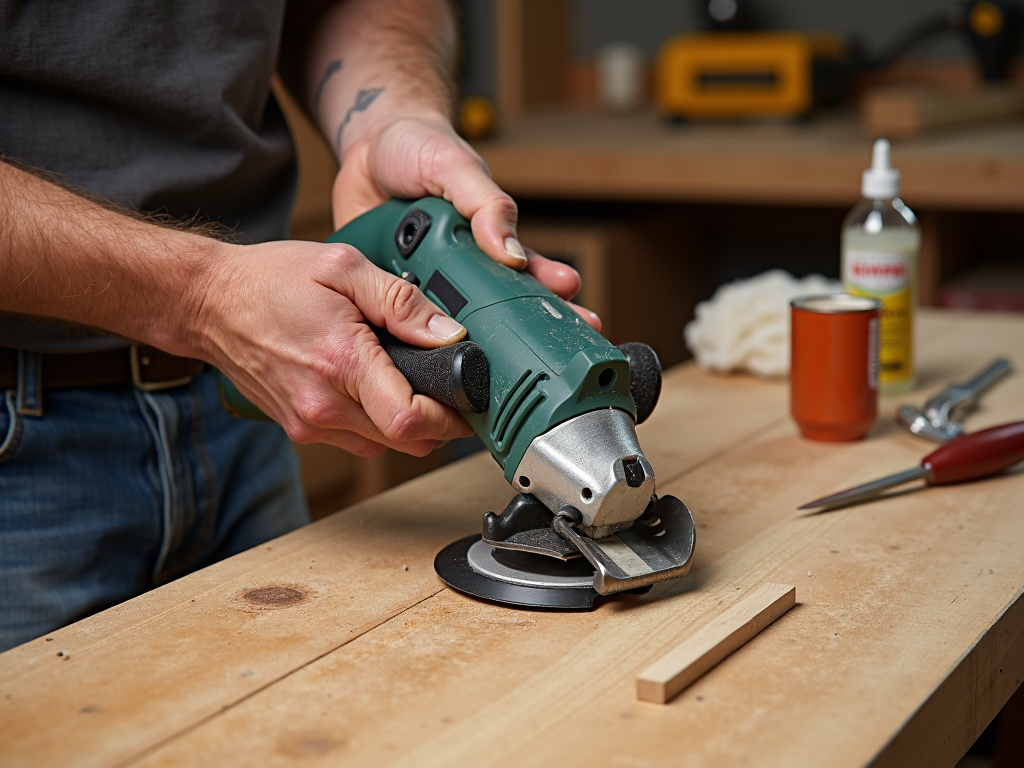
Summary
Essential power tools for woodworking, like circular saws and power drills, power up your projects. They save time, add precision, and let your creativity shine. Pick smart, stay safe, and keep them in shape for years of woodworking fun.
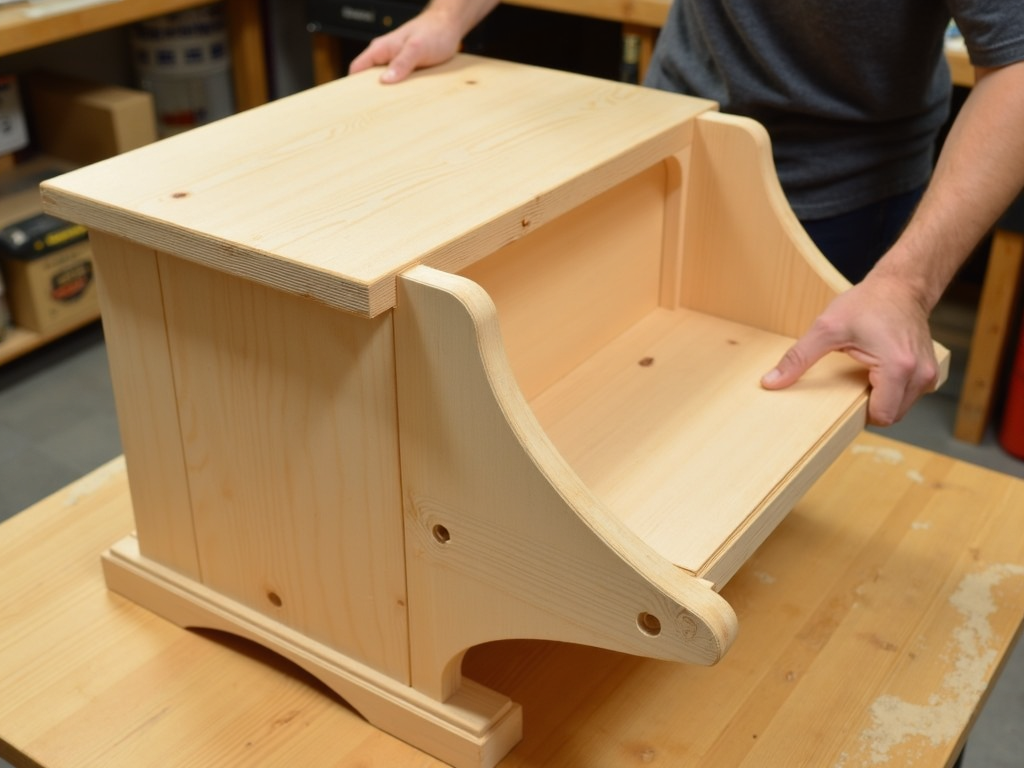
Related Essential Power Tools for Woodworking:
- The Ultimate Guide to High-Quality Workman Tools for Professionals
- Sensors in Automation: Types and Applications
- Top 10 Jewelry Making Techniques for Beginners: A Comprehensive Guide
- Hammer Time: Your Guide to Choosing the Perfect Hammer for Every Job
- Popular Brands for Workman Tools
- How to Choose the Right Hammer for Your Project
- DIY Projects to Test Your New Tools: A Comprehensive Guide
- Top 10 Power Washer Accessories for Car Cleaning
- Essential Workman Tool Maintenance Tips for Longevity and Performance
- Top 10 Electrical Tools Every Homeowner Should Have
- How to Organize Your Workshop for Efficiency
- How to Maintain Your Cordless Power Tools: A Comprehensive Guide
